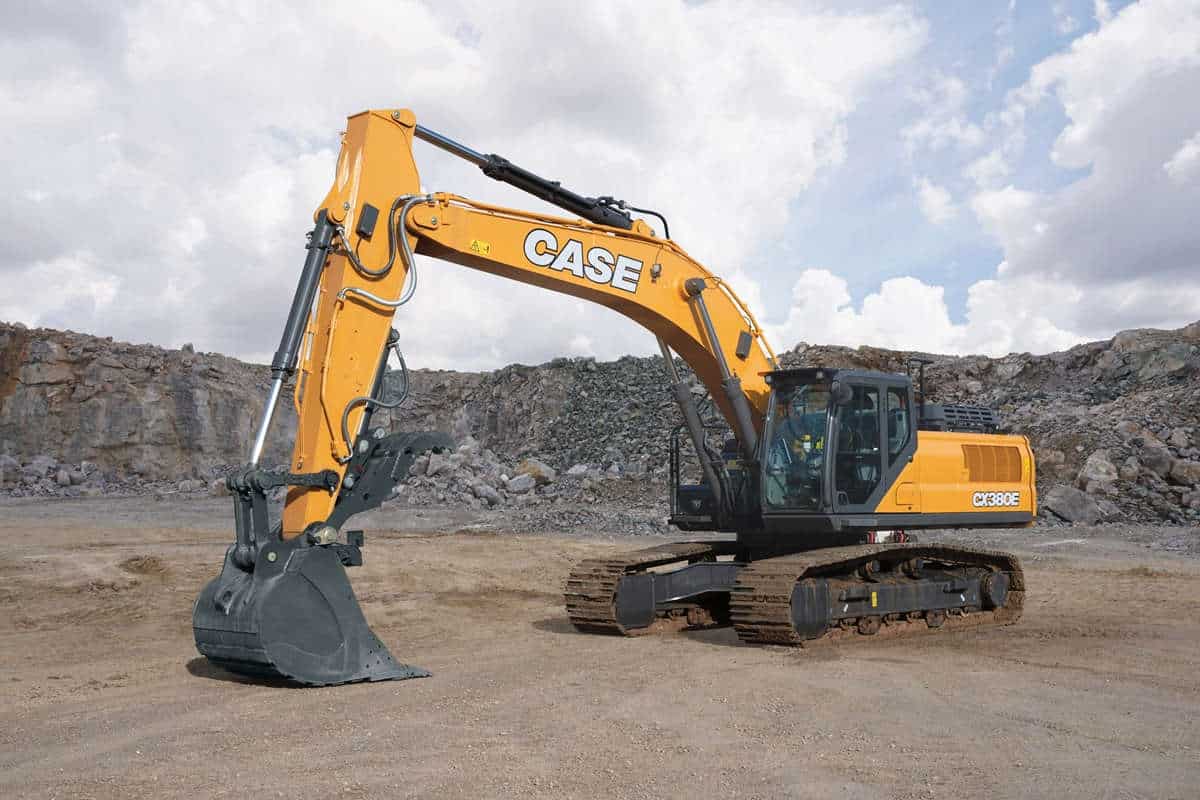Designed to Dig: Case Construction Equipment’s Excavators
The excavator has become a staple in the utility construction industry. From digging and backfilling to moving and placing pipe, it’s the go-to machine to get the job done. To pay homage to these hard-working pieces of iron and the companies that construct them, we’ve gathered the histories, product offerings and specs for the biggest names in the marketplace.
Over the next 11 pages, learn all about the most popular excavator manufacturers in North America from Case and Caterpillar to Komatsu and Volvo. Compare specs of different models or simply discover the beginnings of a brand you love. There are even insights and advice from industry insiders to aid in purchasing decisions and maintenance matters. So grab a drink, sit back and dig in.
Pam Kleineke is Managing Editor of Utility Contractor.
Case Construction Equipment
More Than a Dozen Powerful, Tier 4-Compliant Machines
Case Construction Equipment is built on a foundation of innovation that dates back to the first threshing machines Jerome Increase Case built in 1842. Today the company offers 14 mid- and full-size excavators ranging from 16,200 lbs (the CX75C SR) up to 178,575 lbs (the CX800B), with a combination of conventional, long reach and minimum swing radius designs. According to the company, each Case excavator is engineered to provide an optimal combination of speed, power, operator comfort, control, reliability and support.
Product Spotlight: D Series
In 2015, Case introduced seven new crawler excavators: the CX130D, CX160D, CX210D, CX250D, CX250D Long Reach (LR), CX300D and CX350D. These new models provide significant operational gains over their predecessors, including cycle times up to 12 percent faster, improved responsiveness and multifunctional control (simultaneous operation of boom while swinging, etc.), up to 6 percent greater breakout forces and up to 14 percent greater fuel efficiency.
Case D Series excavators meet Tier 4 Final emissions standards through an innovative combination of cooled exhaust gas recirculation (CEGR), selective catalytic reduction (SCR) and diesel oxidation catalyst (DOC) technologies, which helps maximize uptime and performance — all with minimal maintenance. There is no diesel particulate filter (DPF), no DPF regeneration or associated lifetime service costs.
The Case Intelligent Hydraulic System (CIHS) relies on four integrated control systems to make the best use of the machine’s hydraulic power and momentum. This helps these excavators exert only the power and force required for the task at hand, while also improving important performance metrics such as increased lifting power and faster cycle times. This also results in fuel savings, reduced wear and tear on the machine and easier operation.
Advice
“We talk a lot about speed and fuel efficiency with our new excavators,” says John Bauer, Brand Marketing Manager for Case Construction Equipment, “but it’s important to understand what that means when demoing any manufacturer’s excavator. Speed is a measure of cycles — how many cycles can I complete in a given time frame? Fuel efficiency can be both a measure of the quantity of fuel used per hour and the amount of earth moved per gallon of fuel — or a combination of both. As you test new equipment, weigh all of these factors in making your selection.”






